Miri is a city in the north of the Malaysian state of Sarawak. With a population of some 300,543 residents in the year 2020, it is Sarawak’s second largest city. Due to its very close proximity to the Malaysia – Brunei border, Miri is also an important border commercial centre, with Bruneians often shopping in Miri to take advantage of the exchange rate between the Brunei Dollar and the Malaysian Ringgit (1 BND = 3.35 MYR).
When I first mentioned to friends that I was heading to Miri for a short weekend, the responses ranged from honest curiosity to downright shock that I had chosen to spend my precious weekend in Miri out of all places:
“What’s there to do in Miri?”
“…. Is there anything there?”
“Why Miri?”
Their responses were actually pretty on point. After all, Miri isn’t exactly known for being a tourist haven. More often than not, Miri is usually mentioned in the context of its dominant Oil & Gas industry. But while Miri itself isn’t a touristy place, it is a gateway to some of Sarawak’s most valuable and spectacular natural wonders – world famous sites like the Gunung Mulu National Park and the Niah National Park are among the 5 national parks surrounding Miri.
Unfortunately I wasn’t heading to Miri for any of that, nor did I really have the time to slot in a visit to the national parks in my life routine just yet. Instead, I had plans to try out Malaysia’s Rural Air Service (RAS) – a series of short flights around rural Sarawak and neighbouring Sabah connecting rural communities. Most of the RAS flights in Sarawak are concentrated around the northeastern corner of the state, making Miri the natural hub for RAS flights in Sarawak.
Miri is well connected to Kuala Lumpur, with both Malaysia Airlines and Air Asia mounting between 3 to 4 direct flights per day between both cities.
Buying my tickets
I bought my return Economy Basic tickets from Malaysia Airlines’ website. Economy Basic is MH’s mid-tier Economy fare giving 20kg of check-in baggage allowance per sector. The tickets cost me a total of RM431.04 (incl. taxes & charges).
Departure experience at Kuala Lumpur International Airport
To keep costs down, I opted to take the 08:55 am departure from KUL – MH’s first departure of the day to Miri. The downside to that option was a very early start to the day, given KUL’s distance from the city itself.
Mornings are usually rush hour for KUL, but the terminal was notably calm and organised when I stepped in. With very little crowd at MH’s domestic baggage drop off counters, I managed to get my check-in bag dropped off around 15 minutes after arriving kerbside.
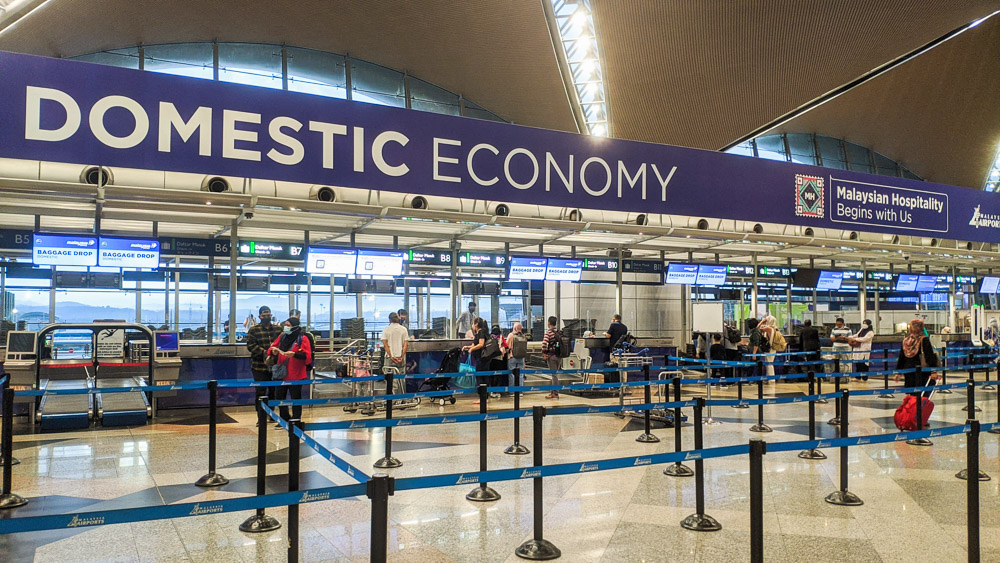
I also took the opportunity to test out Malaysia Airports’ funky new facial recognition based boarding system. The system is currently on trial and available only for passengers on domestic MH flights, and requires passengers to manually sign up for the system at distinctive kiosks located right next to the MH domestic check-in counters.

With some time to kill, I sat around at KUL’s lovely viewing gallery for a bit. It was evident from the view that KUL had still not recovered its pre Covid-19 buzz, as the movements on the ground was relatively sedate. Still, things are recovering, and it was nice watching MH and Batik Air Malaysia narrowbodies depart for their regional sectors one after another before I decided to head airside.
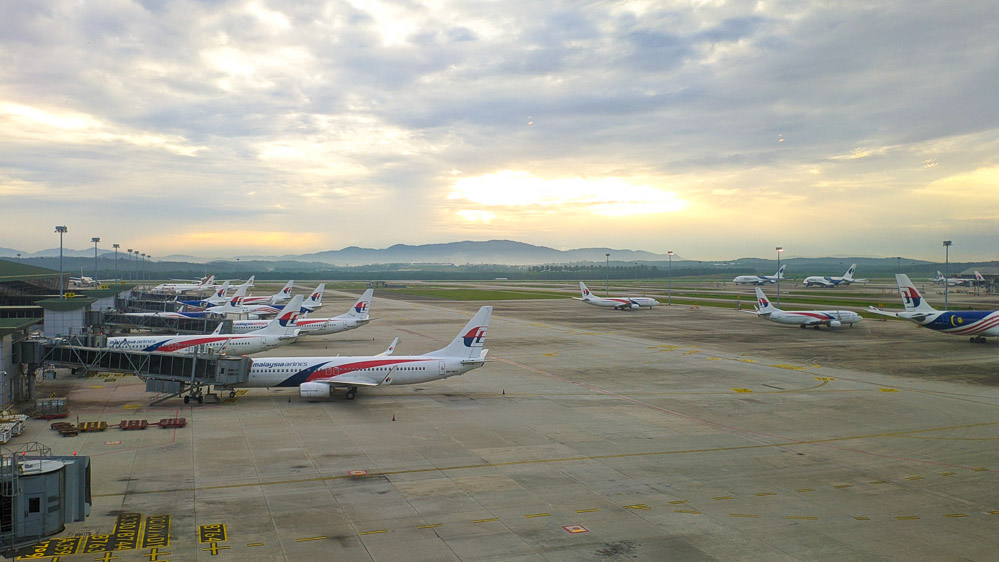
The security screening process went smoothly, and the new facial recognition system negated the need for a security officer to validate my boarding pass manually. This was simply KUL at its most pleasant.
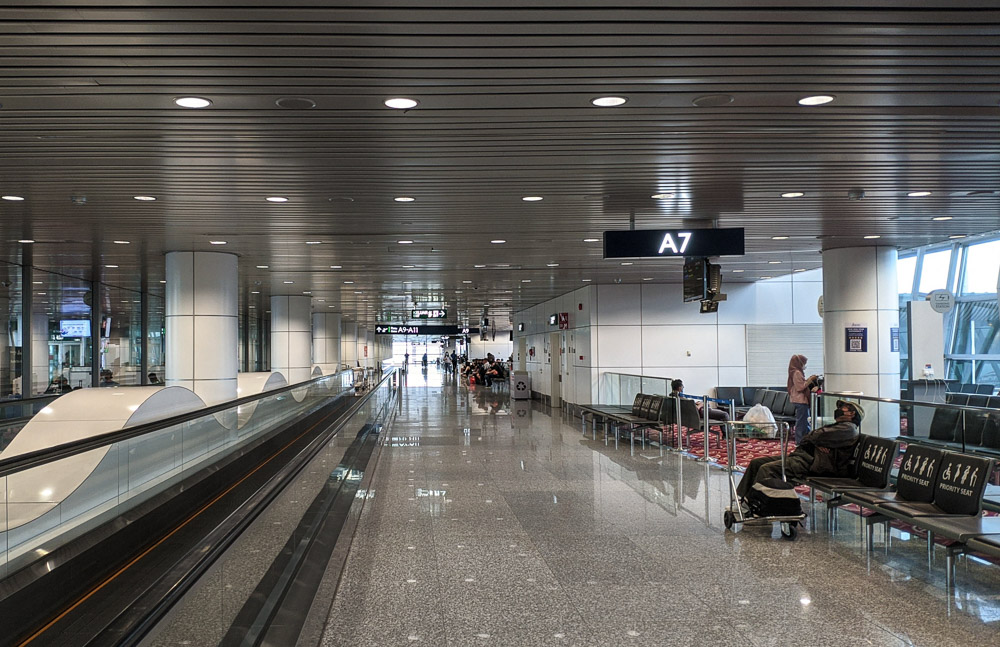
I arrived to a full Gate A9 at the southern end of the main terminal’s Contact Pier. The cheaper ticket coupled with the prospect of the better half of the day in Miri was clearly drawing passengers to wake up early and hauling themselves to KUL as the sun rose.
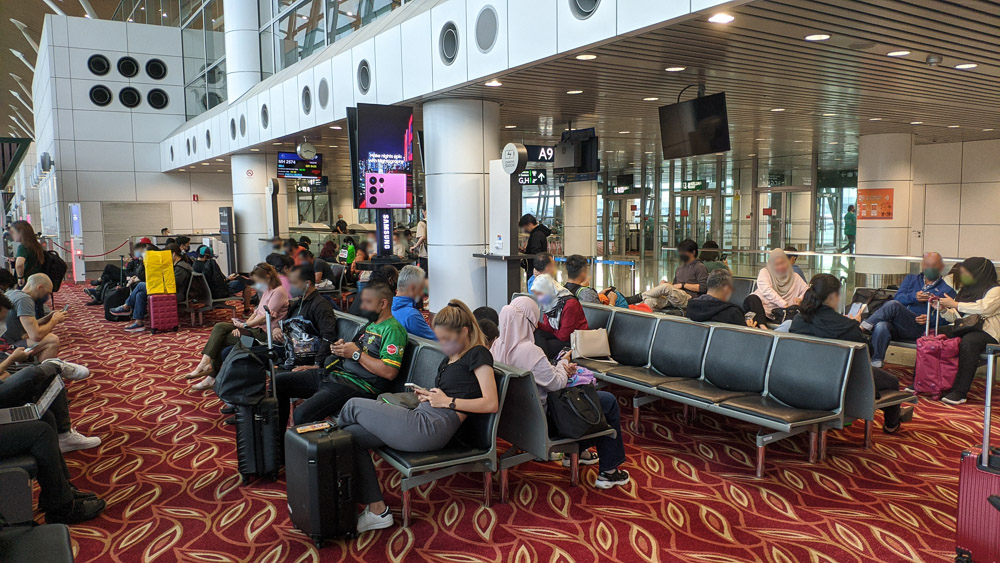
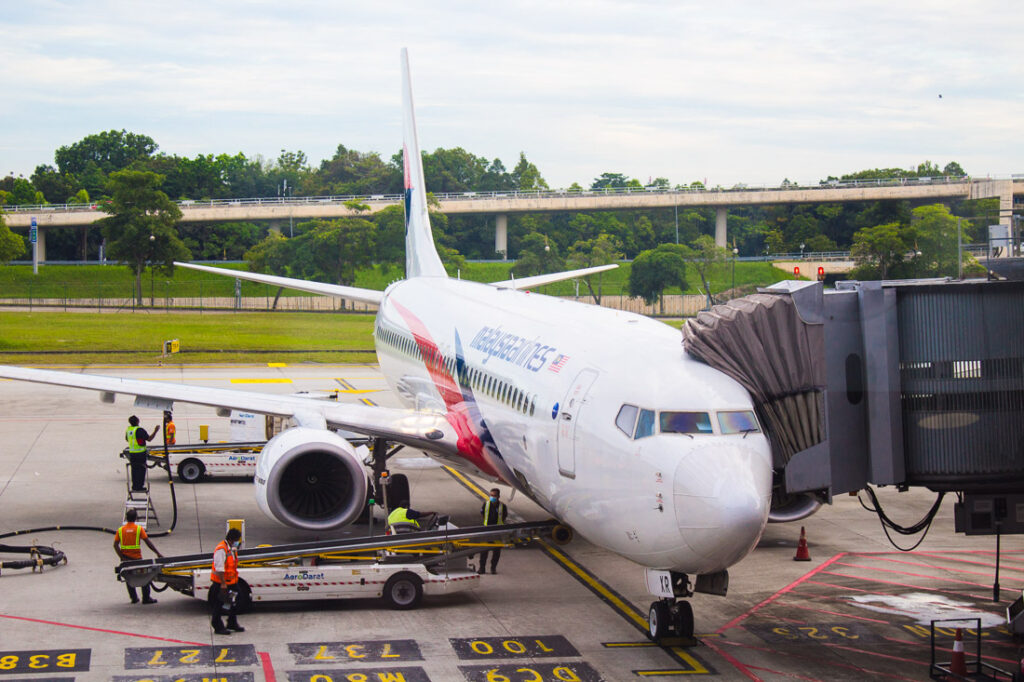
Boarding & Taking Off
Boarding was called at 08:30 am, though with a full load of passengers it was clear that we weren’t going to take-off on time. Despite Malaysia Airports heavily promoting the new facial recognition system, the gate staff simply bypassed the facial scanners at the gate and scanned our boarding passes manually. I thought this was hilarious.
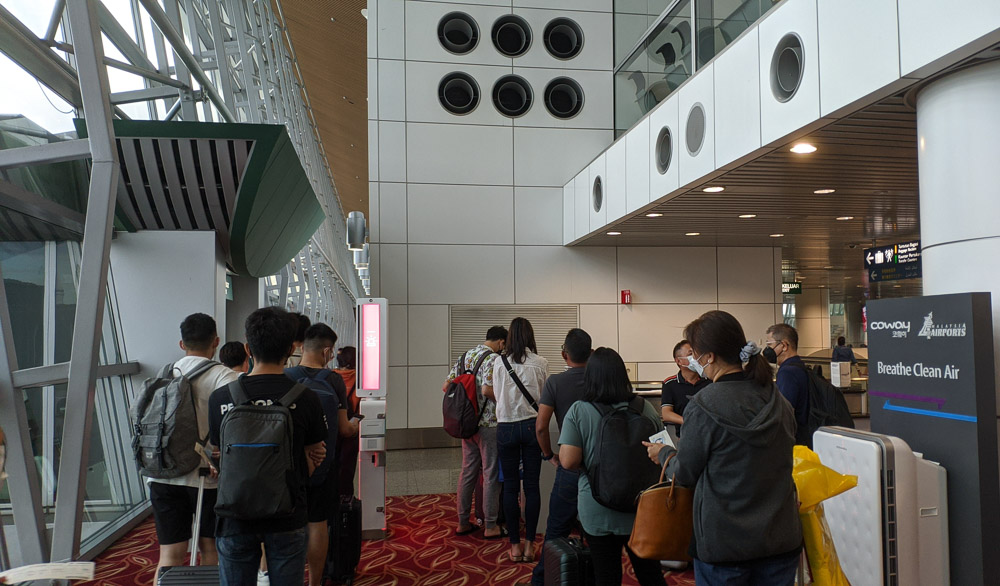

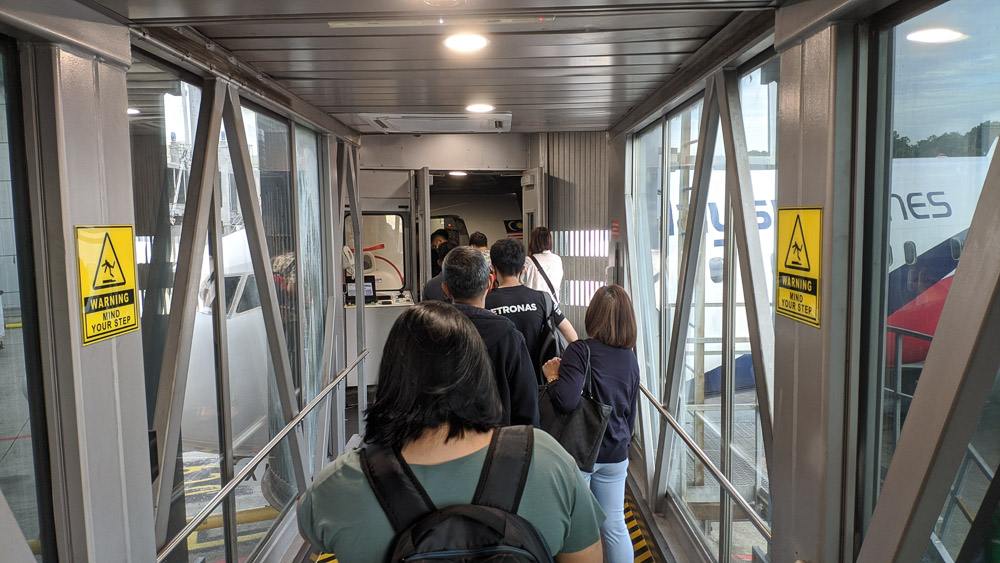
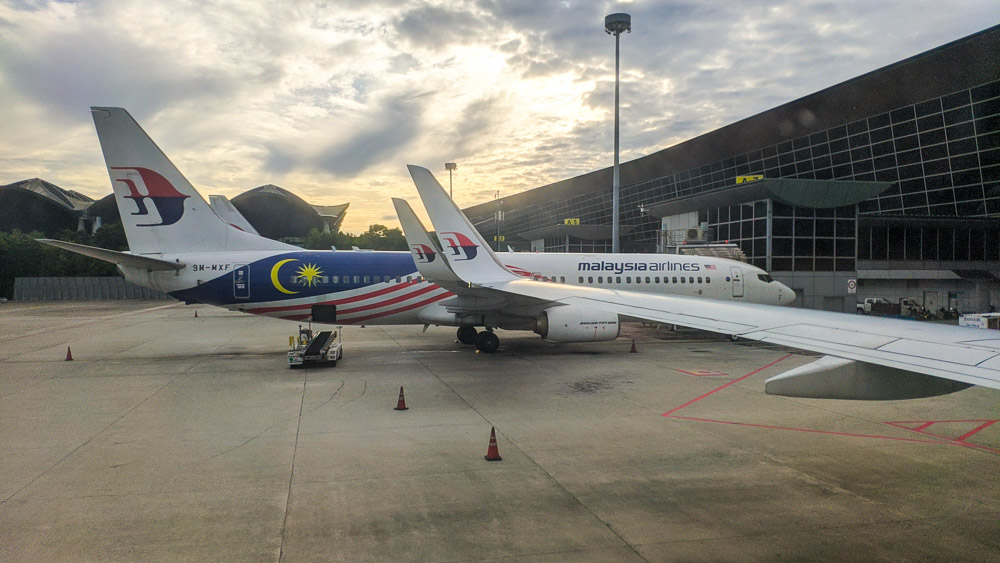
Doors closed and we pushed back at around 08:55 am – our scheduled departure time. The long taxi round the southern end of the terminal to runway 32R meant that we only took off at 09:05 am, 10 minutes delayed past the scheduled departure time.
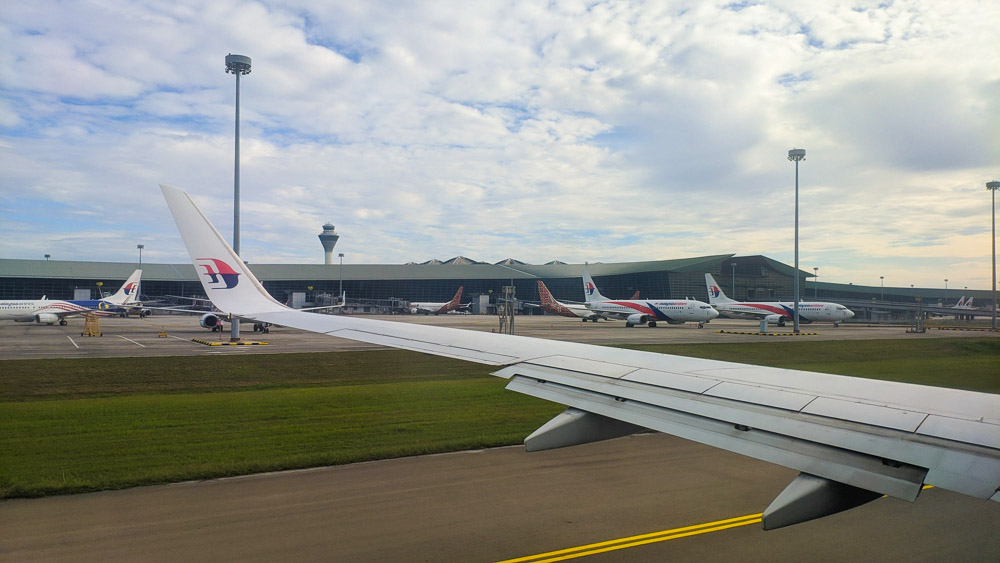
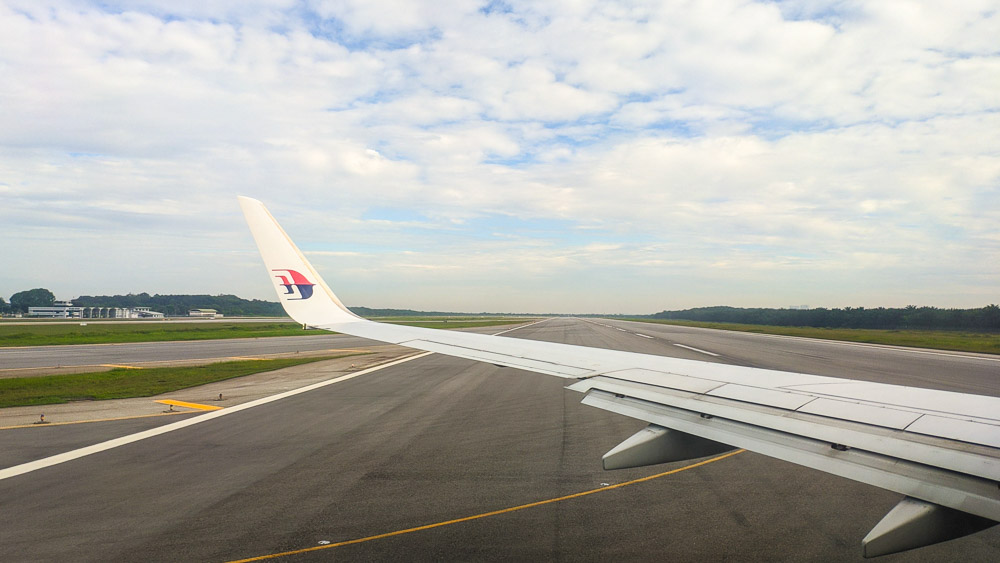
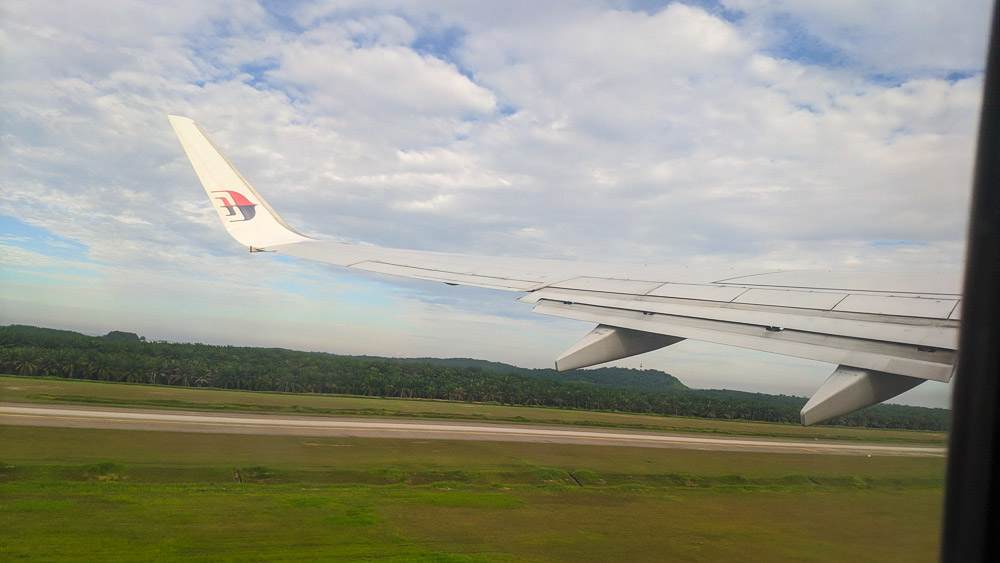
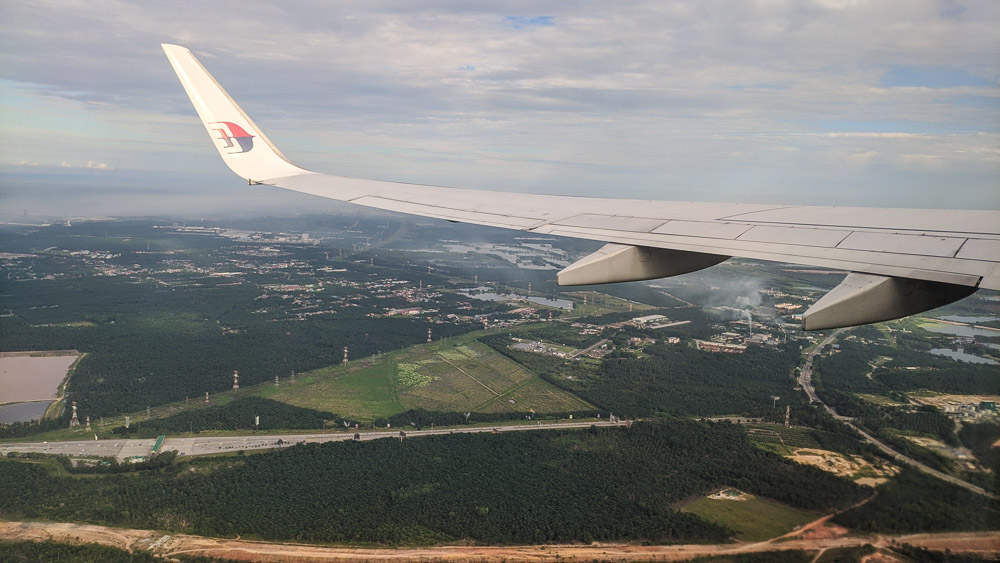
Our departure track out of KUL saw us turn right eastwards over the south of the Greater Kuala Lumpur area, with great views of the city centre in the distance. Gradually, we crossed over the Titiwangsa mountain range as we flew over the cloud-covered east coast and out towards the South China Sea.
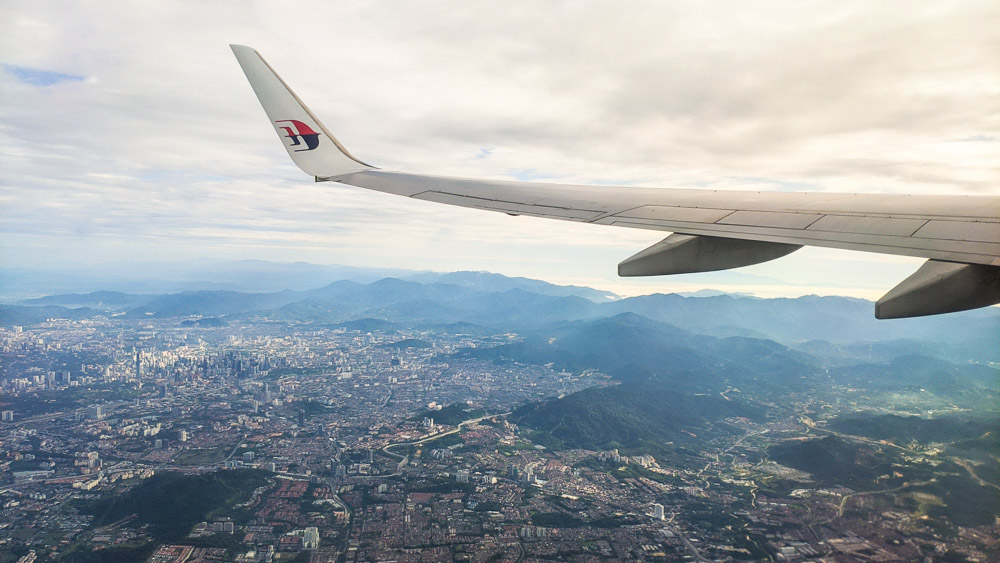
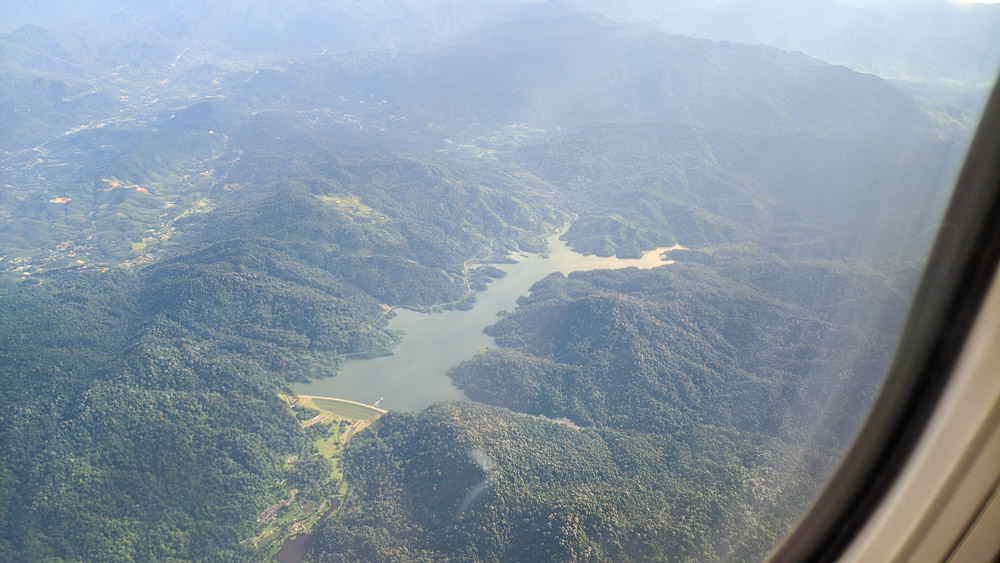
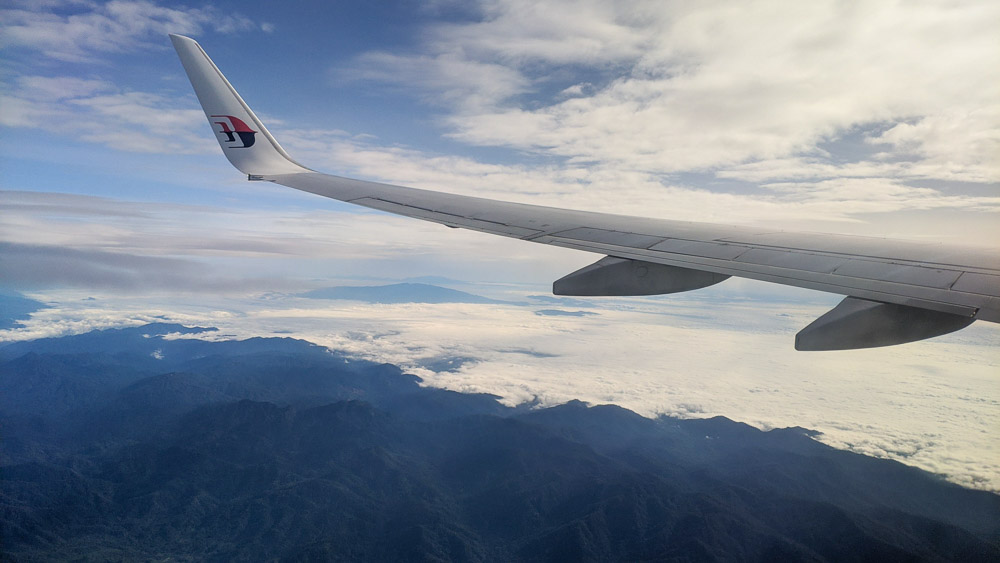
Cabin & Onboard Amenities
Malaysia Airlines operates its B738 fleet in a 2-class configuration, with 160 seats in Economy and 16 seats in Business. The Economy class seats are arranged in a 3-3 layout and feature a 30 inch seat pitch – adequate for domestic and regional sectors like this flight to Miri. There are no headrests, however, which might get a bit uncomfortable.
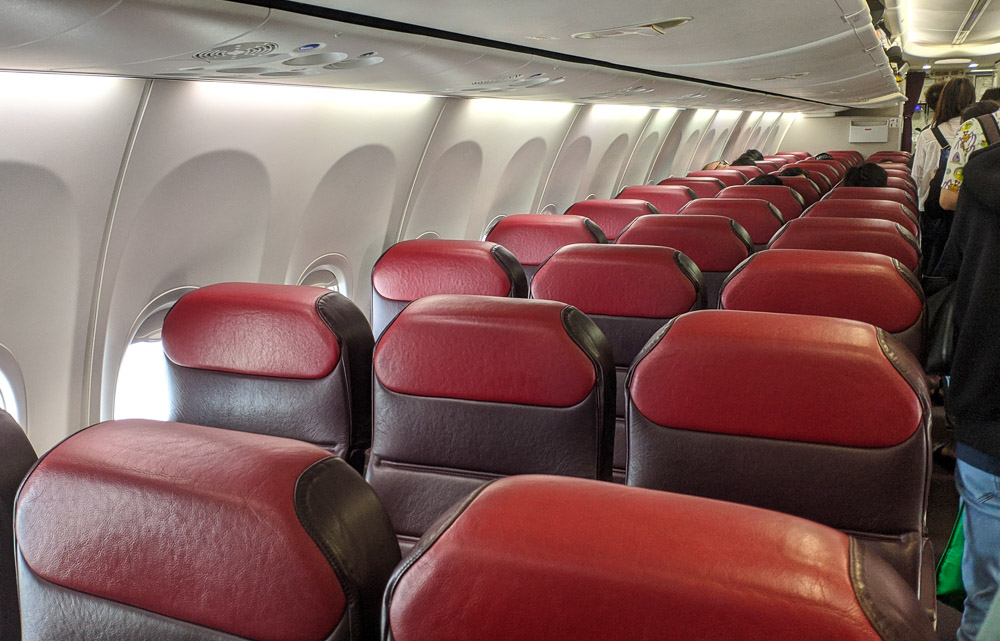
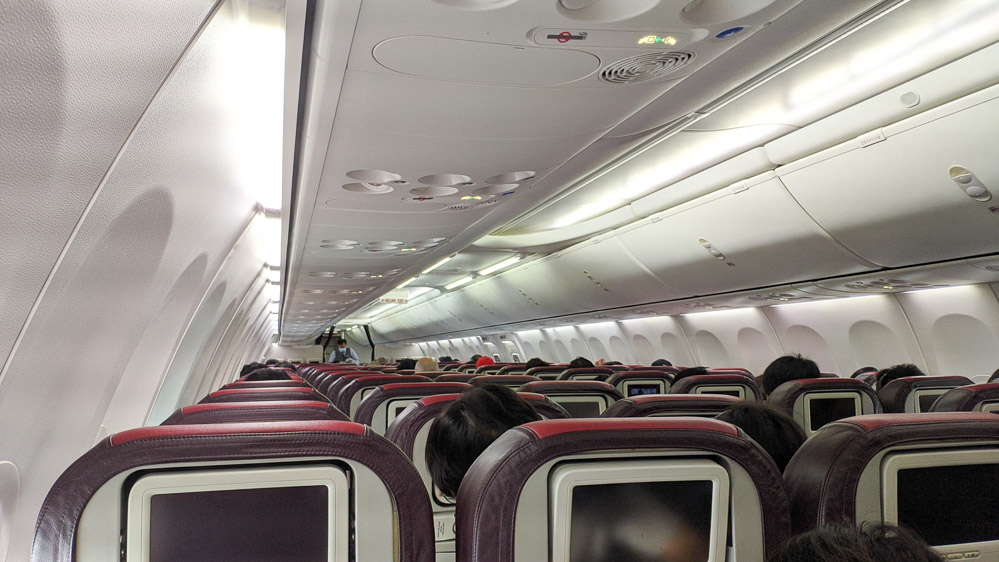
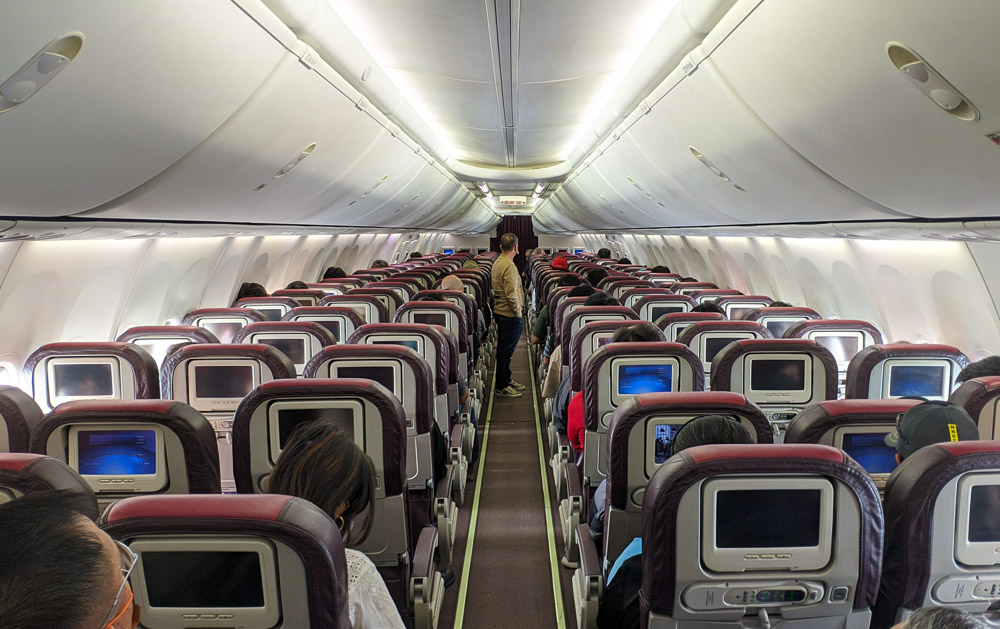
All seats feature MH’s Select IFE system. Note that the software version featured on MH’s B738 and Airbus A330-300s are of the older type, and are not as polished nor up to par with full service competitors like Singapore Airlines, Emirates, and the like.
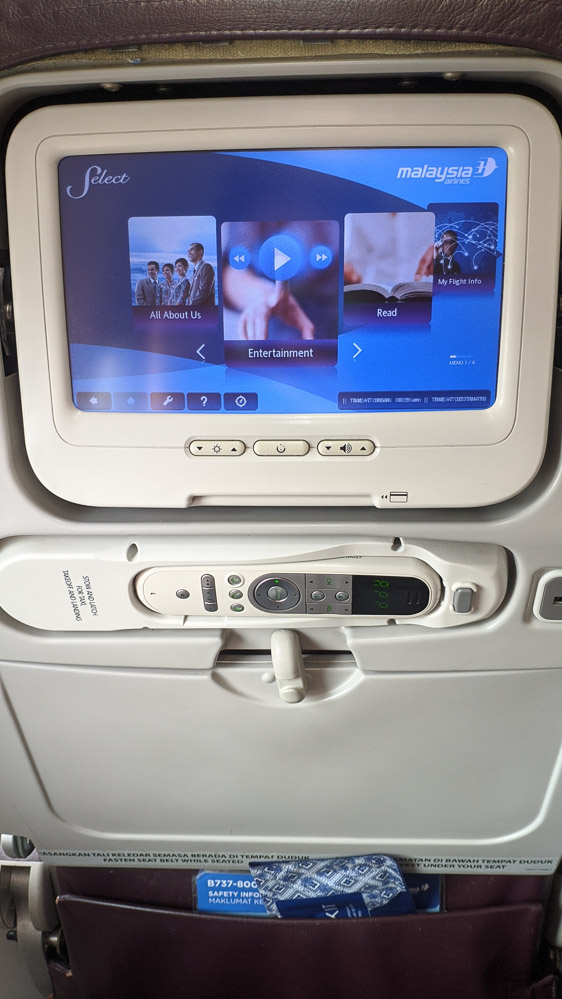
The content selection on the other hand was more than adequate for domestic and regional flights, but they certainly do not compare with the enormous amount of content offered by Emirates on their fleet. I wasn’t in the mood so early in the morning so I didn’t bother picking out one.
I would personally rate MH’s B738 cabin as comfortable for regional flights. However, I should also note that this configuration is being phased out. MH has begun introducing refreshed cabins into its B738 fleet with sleeker Safran seats in Economy and Business Class. Unfortunately, MH has jumped on the slimline and streamed content trend – the new Economy sets appear to have the same base model as Ryanair’s new slimline seats, and a new MH Studio branded streaming service replaces the traditional IFE system the current configuration has.
Business Class will also lose a row and have a reduced seat pitch, which lets MH squeeze in one more row in Economy while maintaining the 30 inch seat pitch in Economy. It definitely won’t feel tighter in Economy, but it will get more crowded.
Onboard Catering
MH seems to have standardised their in regional in flight catering. Commonly seen offerings on flights outbound to Labuan, Sabah & Sarawak now include their “Efu Noodles” (essentially noodles stir fried in oyster sauce with chicken and assorted vegetables), and the venerable Nasi Lemak. I’d previously tried the Efu Noodles and I wasn’t too keen on having it again, nor did I really want to have a go at the usual fare.
So I decided to try out MH’s selection of special dietary meals. As the name suggests, these are meals meant for passengers with religious-cultural dietary requirements, or dietary choices limited by health conditions. Alternatively, they are also an option for health-conscious passengers.
The special meals can be selected (free of charge!) through the “Manage My Booking” function on MH’s website.
I wasn’t too keen on having a heavy dose of carbs in the morning, so I picked the Low-Fat/Low-Cholesterol Meal option for my breakfast. Now a quirk of going with the special meals is that you won’t actually know what you’re getting as the website doesn’t give you any indication of the options available. Think about it like roulette for your meal, or MealRoulette (TM), hahah.
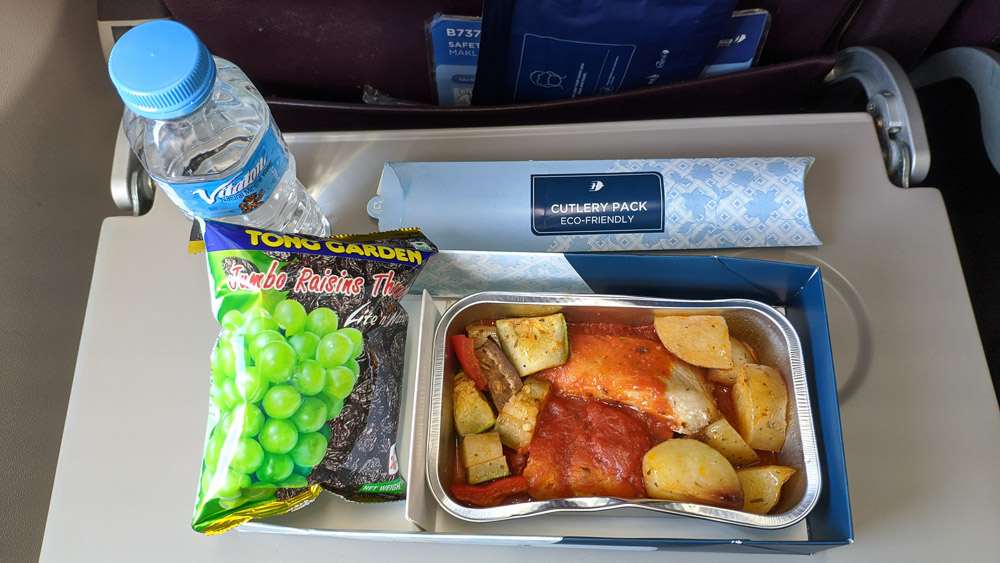
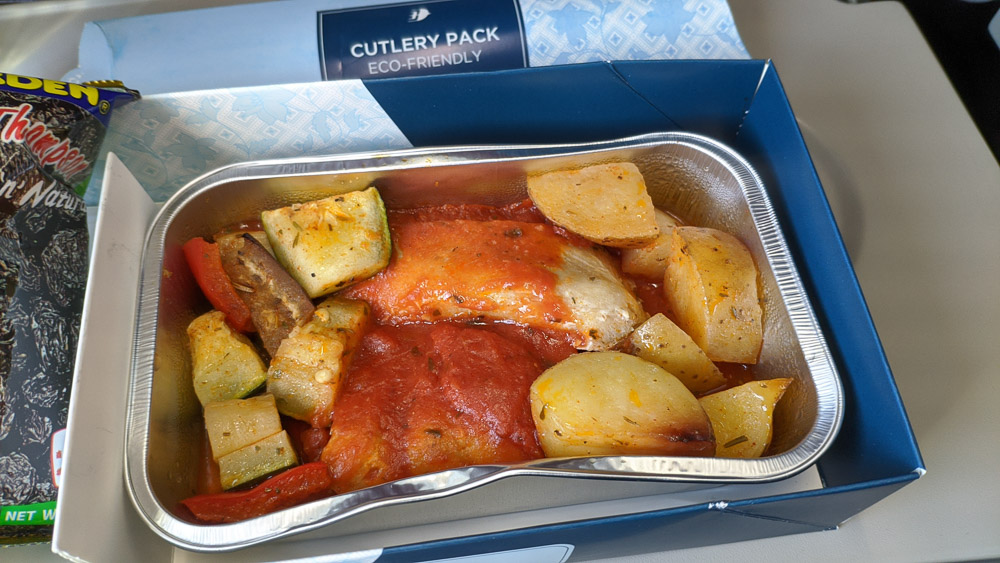
What I got was a very nice dish consisting of a fish fillet cooked in a tomato sauce, flanked by a manageable serving of potatoes, and what seems to be stewed root vegetables and peppers. The usual MH salted peanuts were also replaced with a pack of raisins, and a small bottle of water rounded off the meal offering. Juice and coffee were still available from the drinks cart when the flight attendants came by with it.
Did I like it? I did. The fish and the sauce were well seasoned and they definitely didn’t go overboard with the tomato flavours. I particularly enjoyed the lack of oil and grease – this is a Low Fat meal after all, and it was definitely worth swapping out the Efu Noodles for this. There was also the perk of getting your special meal way before everyone else gets theirs from the cart, but the unintended effect is that your seat neighbours might be busy eating right when you’re done with your meal and want to use the toilets.
A note about the presentation: MH has been going with the pared down meal boxes on regional flights for some years now. This is obviously to “rationalise” costs (a.k.a keeping costs down), but I’m not sure how this would compete on regional ASEAN flights when the competition includes at least 5 other full service flag carriers. To make matters worse, there have been increasing complaints online of MH’s seeming inability to keep the food presentation consistent and, well, presentable.
I didn’t see this for myself as I didn’t have a go with the usual food offerings. But I do remember a time when the (tip top!) catering on domestic flights included appetisers, desserts, and fruits. Clearly, MH has fallen quite some rungs down.
Arrival at Miri
We were routed for a relatively straightforward approach path into Miri for a landing on runway 20. With the clear skies, we were treated to a lovely view of the South China Sea below, as well as the sight of the offshore oil platforms coming into view as we approached the northern coast of Sarawak.
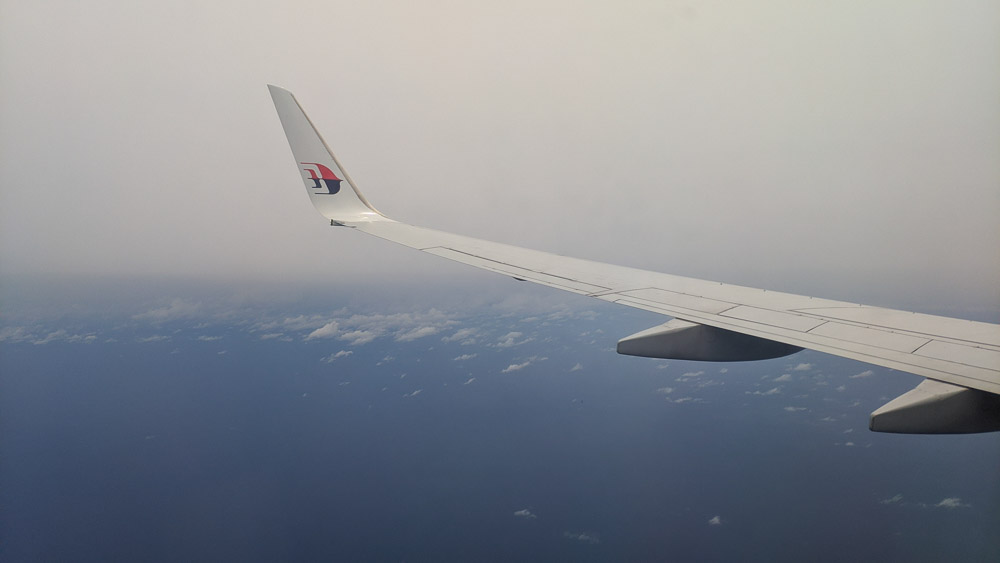
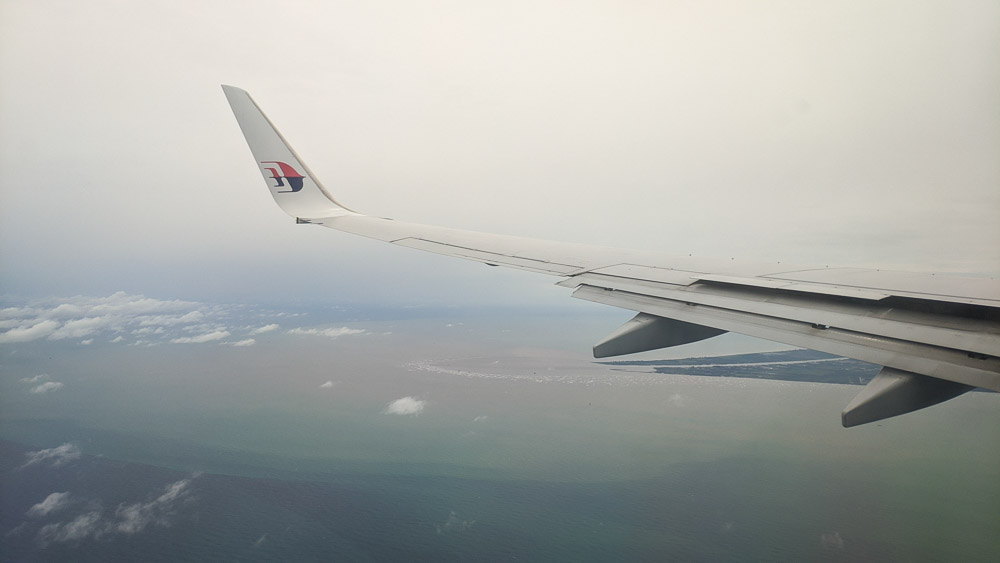
Our approach saw us descend gradually over the sea before making a right turn northeast to intercept the localiser over the Lutong area. Miri is very close to the Brunei border, and if you sit on the left side of the aircraft, you can roughly see where the border begins (hint: the Bruneians kept their side of the rainforest).
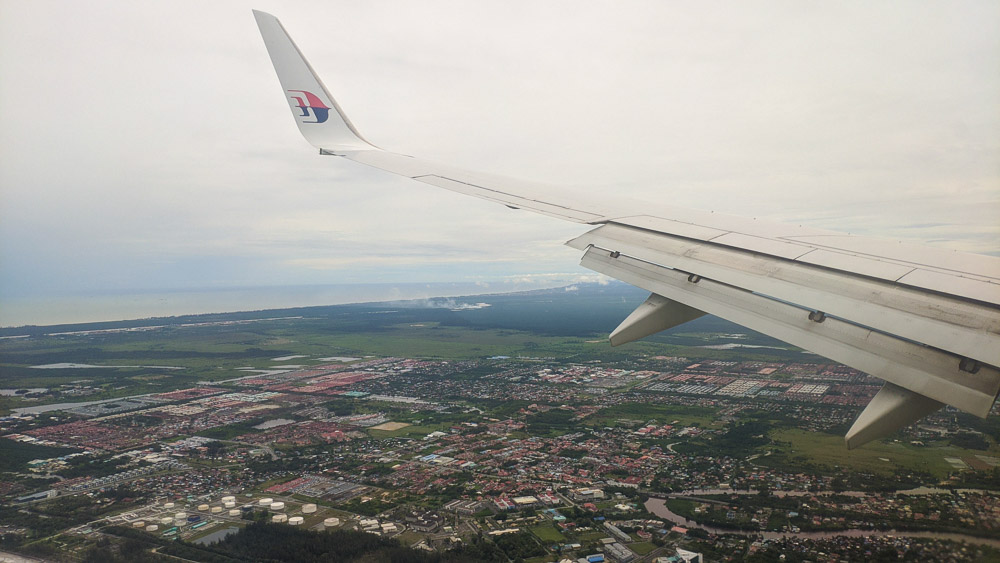
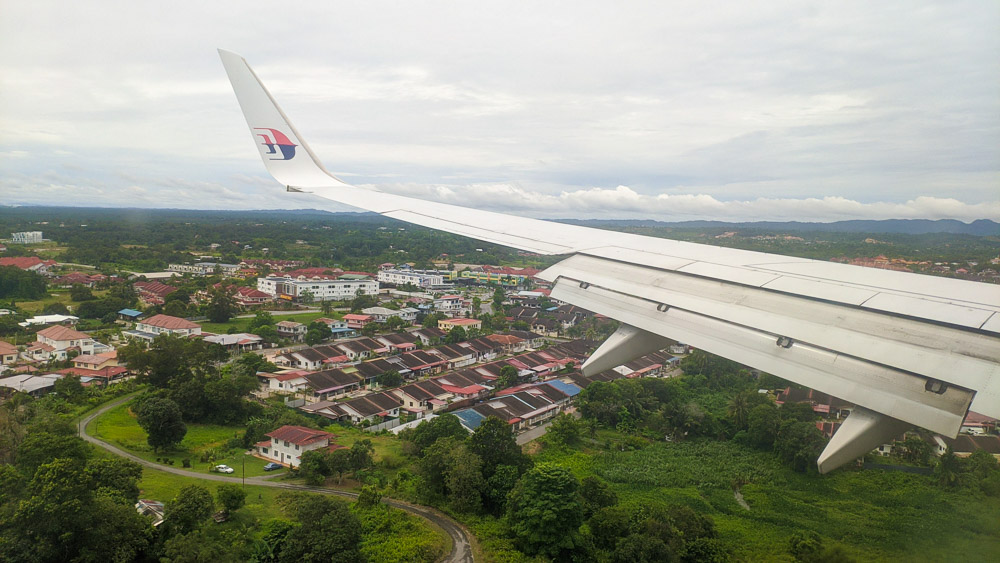
A final right turn to line up with the runway, and it was a clear path down to the runway. It was clear skies in Miri and we had great views of the ground below as we made our final approach for a landing 4 minutes early. Perks of having a padded schedule, I guess.
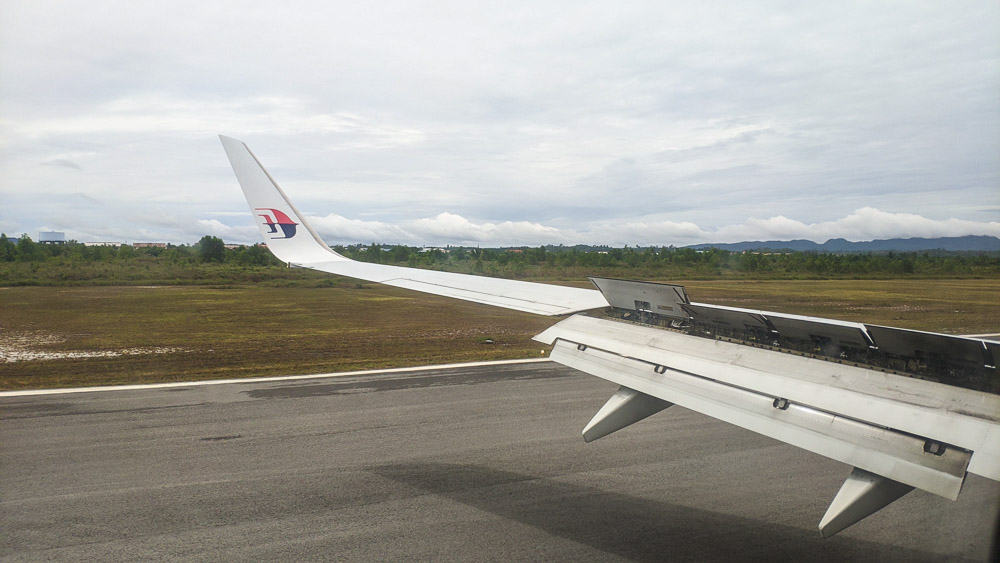

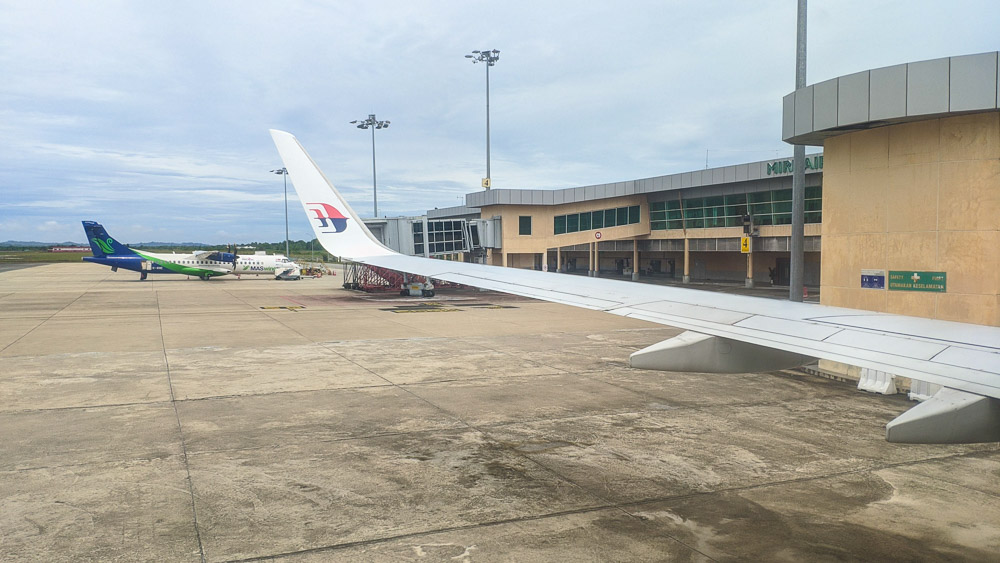
There wasn’t much traffic at Miri Airport (MYY) and we were quickly parked on stand. A painless deboarding process and I was lined up for entry immigration into Sarawak.
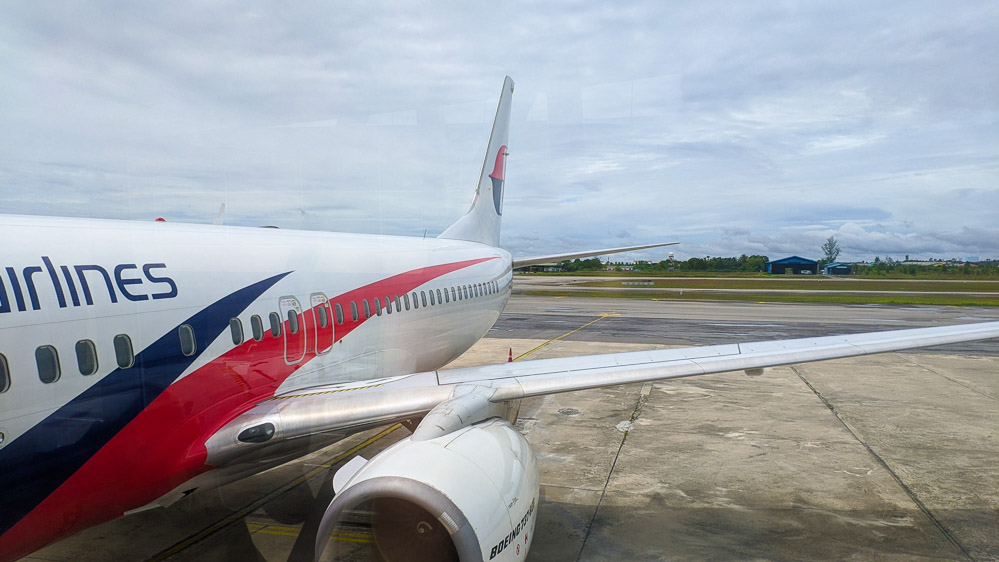
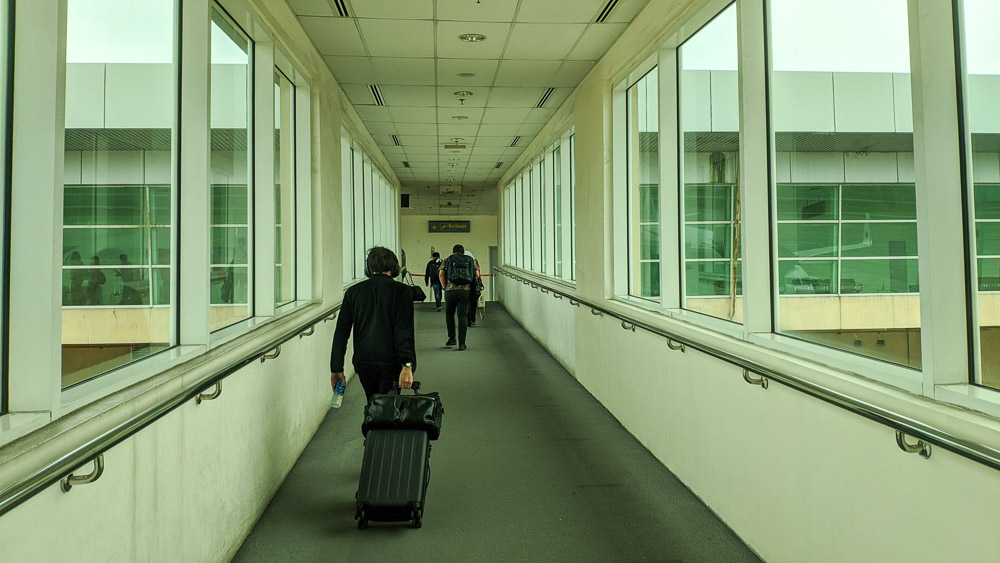

Note: Sabah and Sarawak maintain immigration autonomy. All passengers arriving from out-of-Sarawak are required to clear arrival immigration - this includes passengers on domestic Malaysian flights from Sabah and the Peninsular. Malaysian citizens receive a printed entry slip upon presentation of the NRIC and are required to hold onto the slip to be returned when departing Sarawak. Alternatively and especially if you, a Malaysian, are staying for more than 3 months, you may also present your passport to the officer who will then stamp your passport. Non-citizens on the other hand, are required to present valid passports, which are then stamped by the immigration officer on duty.
The immigration process was quick, and soon I was at the baggage carousel in the dingy baggage hall patiently waiting for my bag.
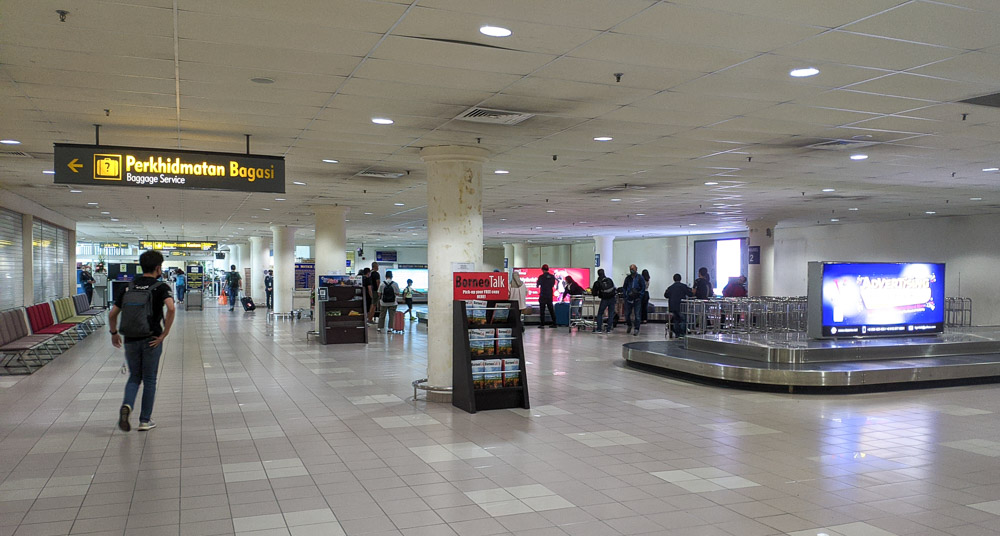
Final Thoughts
This was a routine domestic run with MH. Being the first flight of the day, the crew were cheery and in good spirits. I too enjoyed the well padded seats onboard but I do wish MH had opted for headrests. With the new slimline seats incoming, however, I’d expect things to get a little less comfortable onboard.
All in all, this was domestic MH at its best.
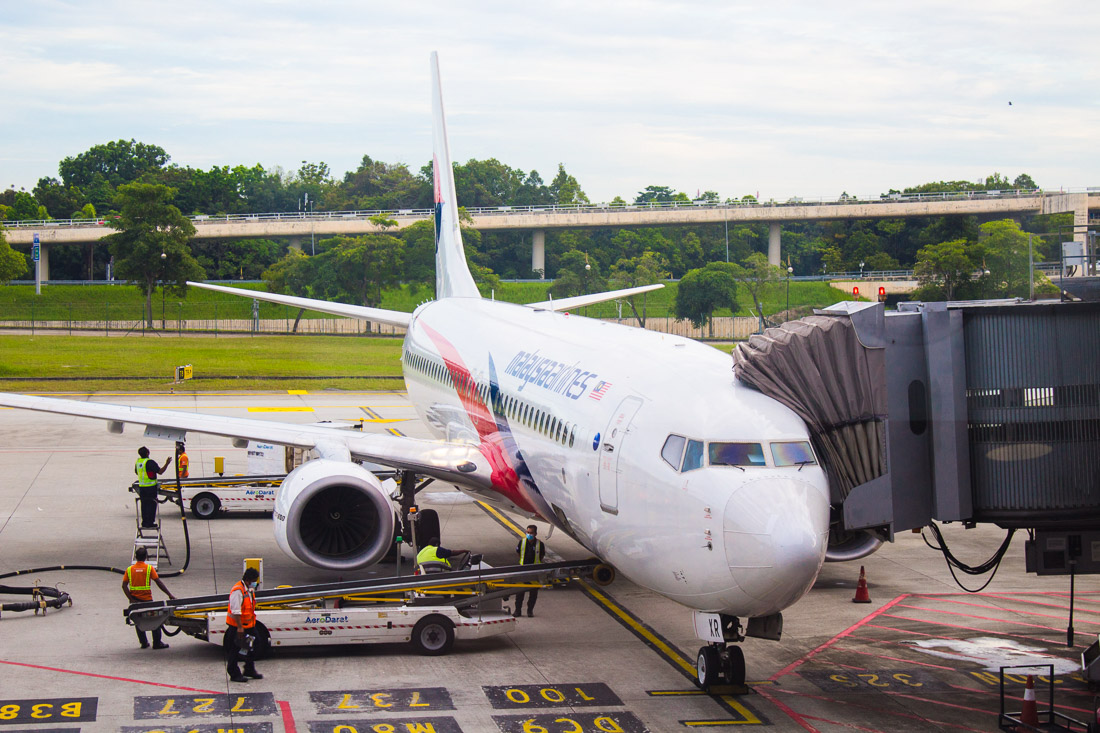
Comments
3 responses to “REVIEW | Malaysia Airlines domestic Economy Class from Kuala Lumpur to Miri”
[…] The ATH baggage claim. The ceilings do resemble another Malaysian airport’s. […]
[…] already tried the Low Fat Meal for breakfast on the previous sector out of KUL, so I decided to give the Low Calorie Meal option a try for […]
[…] to allow MAHB to capitalise on airport retail revenues, and to allow Terminal 1 to focus wholly on premium legacy airlines that had a comparatively more relaxed pace of operations. This manifests itself in the form of a […]